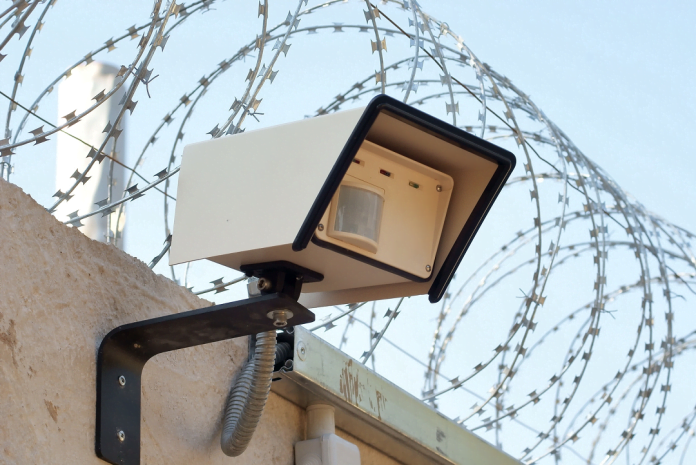Isolating Sensors On Shared Loops
♦ Isolating Sensors On Shared Loops – Is it possible to isolate all the sensors on a large shared zone loop and how would I do this?
A: First check the loaded voltage of your supply, making sure it’s in specifications. If it’s ok, check the sensors and note operating voltage range and, if recorded, current.
Armed with this information, you can calculate acceptable voltage drop, e.g. if a 13.8V power supply is managing a sensor rated 10-16V, then maximum allowable voltage drop is 3.8V. Note this figure because you’re going to need it later. Take into account current consumption and using Ohm’s Law (V = IR) it’s possible to calculate a maximum acceptable resistance that can be used in line. Using 20mA (I) as an example and taking our 3.8 (V) drop, rearrange the formula to read R = V/I.
When the numbers are plugged in, we’ll get the answer – it’s 190ohms. Using the sensor with the lowest acceptable voltage drop and the highest current consumption, calculate the resistance value for your system.
The next step is to select a preferred value resistor (they range from 10-100ohms). What you’re looking for is a resistance of half the figure measured as maximum possible resistance. In series with the positive voltage line, install a resistor on each sensor, then install an electrolytic capacitor in the range of 10-100yF (remember, watch your polarity) with the positive lead attached after the resistor and the negative lead attached to ground.
This provides isolation and filtering to all devices on a common supply. Consider that the higher the resistor and capacitor values, the more isolation you’ll have and bear in mind the maximum allowable voltage drop behind that resistor, as well as the fuse rating of the supply (capacitor). Higher resistor and capacitor values will increase in-rush current at turn-on.
#SEN #SENnews #security #electronics











